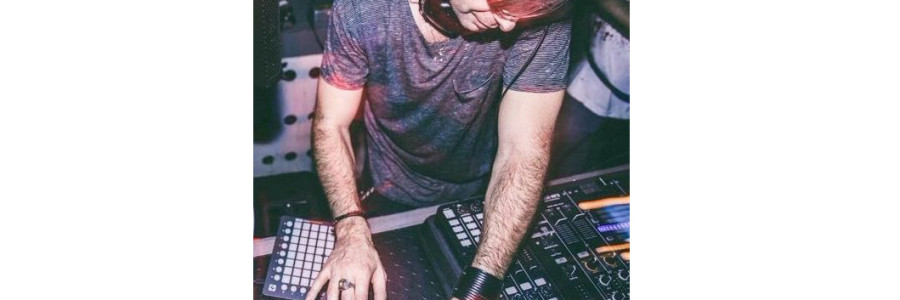This article is to bring awareness on a recurrent pain that DJs experience during their work, which I have coined the “DJ Syndrome.”
I’ve often worked with DJs that experience pain on one side of the neck, and often the shoulder on that same side, shooting sharp pain to the correspondent arm. DJ Syndrome is usually due to the action of bending the neck to the side and lifting the corresponding shoulder, in order to hold one side of the headphone closely to the ear while the other headphone is loose and off the opposite ear, so that the DJ can listen to two different music tracks in order to mix them.
If this action is performed repeatedly and the position described is kept for a long time, the DJ will experience tightness and pain in the neck, in the mid-back, in the shoulder and sometimes even tingling sensations and shooting pain in the correspondent arm. This is due to the increase in tension in the neck, shoulder and central back muscles. The excessive tension of these muscles can also lead to a disruption of the physiological sequence of the joints related to the vertebrae of the cervical spine and mid-back. In this case, the DJ’s spine is subject to compressions that can lead to bulging or herniated discs in these areas, and to related symptoms such as a sharp pain that travels through the arm known as “brachialgia.”
Obviously an accurate diagnosis and cause of the pain must be determined by a qualified physician.
Anyone suffering from DJ Syndrome can prevent or reduce the condition and its related symptoms by taking the following suggested preventive and corrective measures:
- Any time during the DJ session that you don’t need to mix, just break from the “DJ position”: drop the shoulder and place the neck and head straight.
- Before and after a session, release and stretch the muscles of the neck and mid-back through proprioceptive exercises and appropriate stretching exercises of those particular areas.
- Establish a “ritual gesture” to break out of the position any time you don’t need to hold it, so in other words, to change the habit of maintaining that position even when it is not necessary. For example, place your headphones around your neck any time you are not mixing; this simple motion could be your “ritual gesture”, reminding you to break from the action of tilting and lifting the shoulder.
- Change or alternate the “DJ position”: instead of tilting your head and lifting your shoulder in order to listen to the music track you want to mix, you can bend your forearm, maintaining the head in the center, while pressing the headphone against your ear with the hand corresponding to the bent forearm. Even when adopting this new position, please do not lift the shoulder corresponding to the bent forearm. Changing or alternating the “DJ position” will reduce the repetitive stress on your joints.
Ideally, some innovator will design a pair of DJ headphones that won’t fall from the head while they are mixing, so that DJs can keep one headphone to the ear and the other loose off the other ear without lifting and tilting their shoulder on the side.
For more info on The Godi Method® exercises for “DJ Syndrome” contact method@claudiagodi.com.

